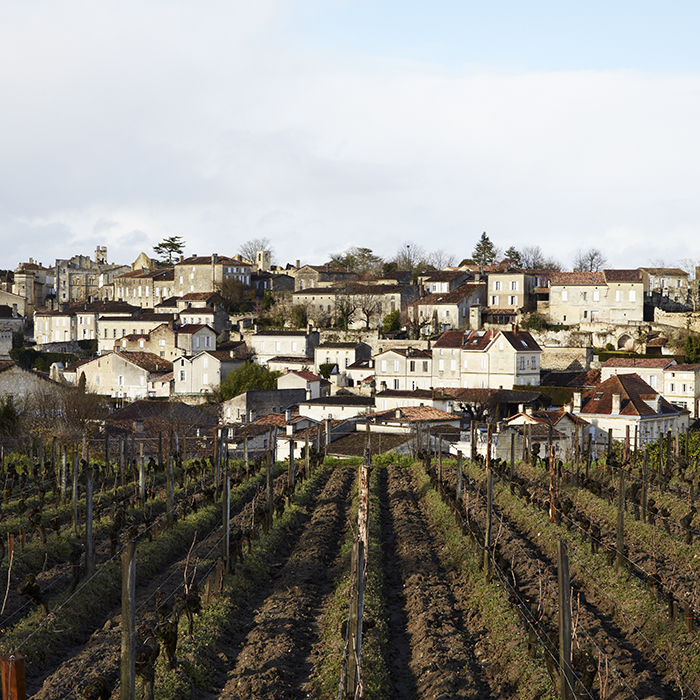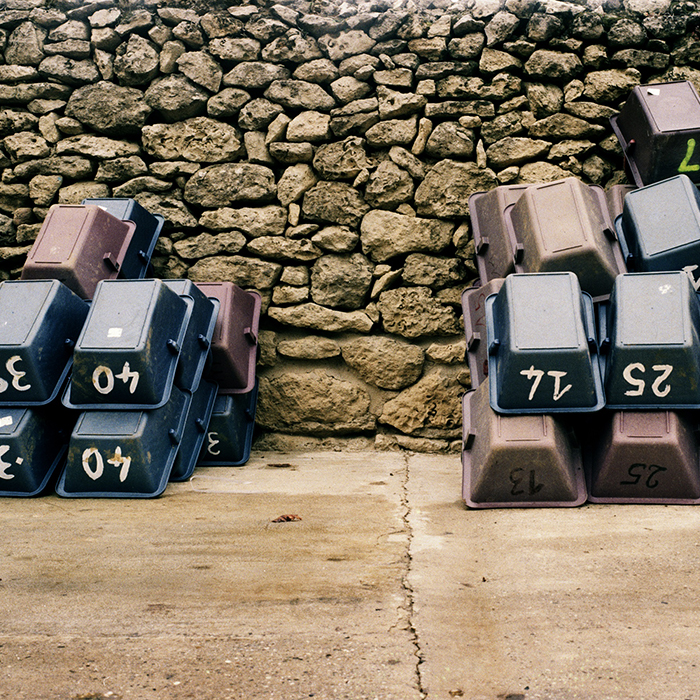Bordeaux 2018: vintage report
Author: Mark Pardoe MW

THE GROWING SEASON
The 2018 vintage is defined by two events: the virulent outbreak of mildew in June and July, and the long, hot and dry summer from mid-July until the end of October.
December to March: The year began with high levels of rainfall, initially welcome as the soils were dry; however, the rain was heavy and continuous and, by late March, Bordeaux received 515mm of rain. The end of winter was also especially cold, delaying budbreak.
April to June: Budbreak finally occurred in early April and from 17th to 24th April, fine weather had the vines back on track. Then the rain returned, not as heavy as before, but it was rare to have a day without some rain. By the end of May, Bordeaux had received 800mm of rain – a year’s worth. A major hail storm on 25th May caused major damage in Bourg and Blaye, and also in the southern Médoc, southern Graves and Sauternes. Flowering began in early June and was not as much affected as feared, but the continuing warm and wet weather created the perfect humid conditions for the appearance of mildew. Organic and biodynamic vineyards found the outbreak especially hard to control and every property had to be exceptionally vigilant, proactive and creative to contain the problem and, even then, sometimes it wasn’t enough.
July and August: Just when the vignerons were fearing the worst, on the evening of 15th July, just as France lifted the FIFA World Cup, the skies cleared. From then, and until all the grapes were gathered, barely a drop of rain fell, with average daytime temperatures of 29°C. Only 2005 has been more consistently hot. Now the heavy rainfall of earlier in the year played its part, encouraging rapid vine growth and helping to allay hydric stress.
September and October: Light rains at the end of August and early September gave the vines some timely refreshment, but the fine weather continued with end-of-season temperatures close to those of 2010 and 2016. The dry weather did mean that berries were small but there was no rush to harvest. Each property had the very rare luxury of being able to choose a harvest date according to its own requirements.

THE WINES
The reds
The crop is not a large one, reduced by mildew, in some areas by hail (a handful of properties lost all or nearly all their crop), and by the dry summer. But the grapes that did make it to the finishing line did so in perfect condition. In particular the Merlots were outstanding on both banks, and the late-ripening Petit Verdot also came into its own. For most châteaux, the big decision was when to harvest the Cabernet Sauvignons; earlier for freshness, or later for maximum phenolic maturity. The style of many wines is defined by these decisions.
The water-retaining capacities of different soils also played an important role, being able to help mitigate the summer drought. Clay and limestones soils were especially beneficial, so wines from St Estèphe and Pomerol (clay), and the Côtes of St Emilion (limestone) as a group seem to have an extra dimension this year. Pauillac has plenty of clay on the border with St Estèphe as well, and as such the wines from the north of the commune also share this energy. But that is not to say there are no exceptional wines from the more free-draining sand and gravel soils (St Julien, Margaux and Pessac-Léognan). Here the wines seem more heady and exotic, perhaps not “classic”, but still delivering something rather special and certainly individual.
For all the succulence of the 2018s, however, the amount of tannin they carry must not be overlooked. These tannins may be ripe, but the levels are still at record highs. Where acidity is low, the tannins are in some cases there to fill the gap and, for all their generosity, the expectation is that the best wines will age very well.
In these summaries it is always tempting to concentrate only on the successes, but 2018 is not an homogenous vintage. There are plenty of addresses where the calculation of harvest dates has been misjudged, and these wines lack any of the charm of the best. These are heavy, rather lifeless wines, and the high tannins will eventually leave them too hollow.
But there are very few failures at the top end, where there is the expertise and resource to avoid mistakes. There are some astonishing red wines, and there is something about them that harks back to the miracle years of 1982, ’61 and ’45, not necessarily in the wines’ structure, but more in their unbridled expression of an extraordinary summer, which is all the more remarkable given the conditions that preceded it.
The whites
Dry whites: The same conditions which created the remarkable red wine vintage were problematic for the dry whites. These are wines that rely on acidity for balance and freshness, and the summer drought ensured that acidity was at a premium. But this is not a bad vintage for the dry whites; indeed, just the reverse, but the wines have to be judged by different criteria. All the whites are quite full-bodied and are much more about texture than freshness this year.
The less successful wines are those that have tried to compensate with too much skin-contact and these have emerged with too much passionfruit and pineapple flavours. The properties that trusted their terroir, however, have made really interesting wines; they are firm wines, seemingly quite solid and not especially aromatic, but with other, spicier, saline notes of ginger and stone. The lower acidities suggest they are not built for old bones, but the best will certainly develop over the medium term.
Sweet whites: There was localised disastrous hail damage in Sauternes in July but, for most, the biggest concern was the dry summer. Sauternes needs humid conditions for noble rot to appear, but the total lack of summer rain meant that the grapes were ripe by the end of August, and with no botrytis in sight. But for those who held their nerve, a little bit of rain at the end of September finally got things going and by the end of October, the grapes that were left had excellent botrytis.
The concern, however, is that the time between grape ripeness and the onset of the noble rot was so long that the wines are low in acidity, although that may be compensated for somewhat by the intensity of the wines. They are certainly beautifully aromatic and appealing but probably lack the complexity of a truly top year.
Keep up to date with the latest releases at bbr.com/Bordeaux-2018



What has happened to Barsac and Sauternes, as far as I can see you’ve only listed Ch. Doisy-Vedrines (with the wrong image it shows a bottle of Doisy-Daene). Was it in such short supply it all went on allocation or just not good enough?
Dear John,
We felt that the wines didn’t provide value en primeur, so we did not offer them this year. There are plenty of mature stocks available, and at better prices.
Best,
Sophie
Editor